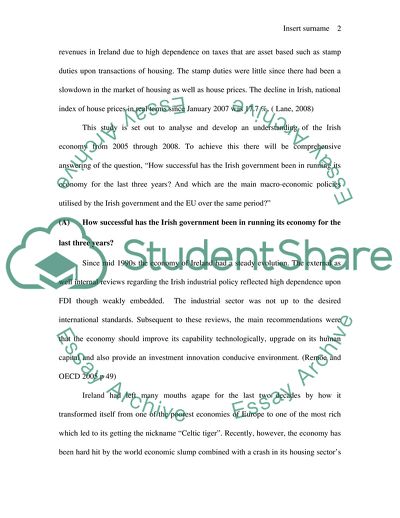Cite this document
(An Understanding of the Irish Economy from 2005 through 2008 Term Paper, n.d.)
An Understanding of the Irish Economy from 2005 through 2008 Term Paper. Retrieved from https://studentshare.org/macro-microeconomics/1724272-to-develop-an-understanding-of-what-has-happened-in-the-economy-of-ireland-over-the-last-three-years
An Understanding of the Irish Economy from 2005 through 2008 Term Paper. Retrieved from https://studentshare.org/macro-microeconomics/1724272-to-develop-an-understanding-of-what-has-happened-in-the-economy-of-ireland-over-the-last-three-years
(An Understanding of the Irish Economy from 2005 through 2008 Term Paper)
An Understanding of the Irish Economy from 2005 through 2008 Term Paper. https://studentshare.org/macro-microeconomics/1724272-to-develop-an-understanding-of-what-has-happened-in-the-economy-of-ireland-over-the-last-three-years.
An Understanding of the Irish Economy from 2005 through 2008 Term Paper. https://studentshare.org/macro-microeconomics/1724272-to-develop-an-understanding-of-what-has-happened-in-the-economy-of-ireland-over-the-last-three-years.
“An Understanding of the Irish Economy from 2005 through 2008 Term Paper”. https://studentshare.org/macro-microeconomics/1724272-to-develop-an-understanding-of-what-has-happened-in-the-economy-of-ireland-over-the-last-three-years.


